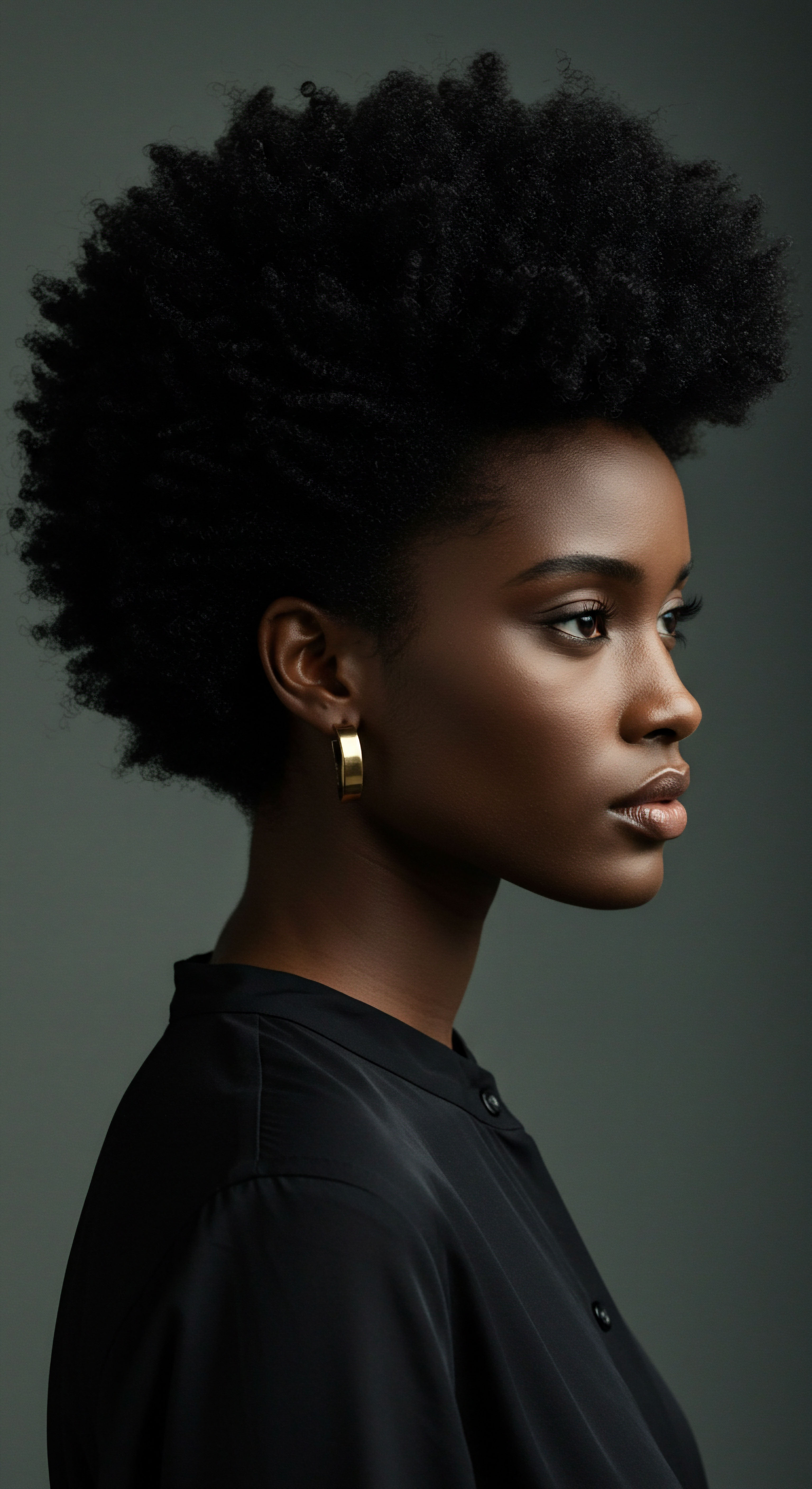
Roots
The perception of professionalism, a concept often considered universal, frequently finds itself tethered to unspoken visual codes. Among these, hair texture stands as a particularly compelling element, shaping first impressions and influencing career trajectories in subtle yet profound ways. This influence stems not merely from fleeting trends, but from deeply rooted historical perspectives and the very biology of hair itself.
To truly grasp how textured hair navigates professional spaces, we must begin at the fundamental level ❉ the anatomical structure of hair and the cultural narratives that have long surrounded it. Understanding these origins helps illuminate why certain hair types might face scrutiny, while others pass without comment.

Hair Anatomy and Physiology Specific to Textured Hair
At its essence, hair is a protein filament, primarily composed of keratin. Yet, the journey of this protein from follicle to visible strand differs dramatically across textures. For individuals with Afro-textured hair, the hair follicle itself holds a distinct, often kidney-shaped or highly oval cross-section, causing the hair strand to grow in a tight, spiraling pattern, almost parallel to the scalp. This unique curvature is a key determinant of its coiled appearance.
In contrast, straight hair follicles are typically round, directing the strand upwards in a linear fashion. Oval-shaped follicles, common in many European hair types, yield wavy or curly patterns.
This distinctive helical growth pattern in Afro-textured hair creates natural points of weakness along the strand. The twists and turns mean that natural oils (sebum) produced by the scalp find it more challenging to travel down the entire length of the hair shaft, leading to a tendency towards dryness. This inherent dryness contributes to increased fragility and a greater susceptibility to breakage compared to straighter hair types.
The outer layer of the hair, the cuticle, which consists of overlapping scales, may also lie less flat in textured hair, contributing to its appearance and how it interacts with moisture. When the cuticle is raised, hair can absorb and lose moisture more quickly, a characteristic known as high porosity.
Hair’s basic building blocks, keratin proteins, organize differently in various textures, shaping its visual characteristics and care needs.
The density of hair follicles also varies. While textured hair often appears voluminous, studies indicate that the average density of Afro-textured hair is around 190 hairs per square centimeter, compared to approximately 227 hairs per square centimeter for Caucasian hair. Despite this, the tight coiling gives an appearance of greater density. These biological distinctions are not mere scientific curiosities; they inform the very care practices and styling possibilities that textured hair requires, and in turn, how these styles are received in societal contexts.
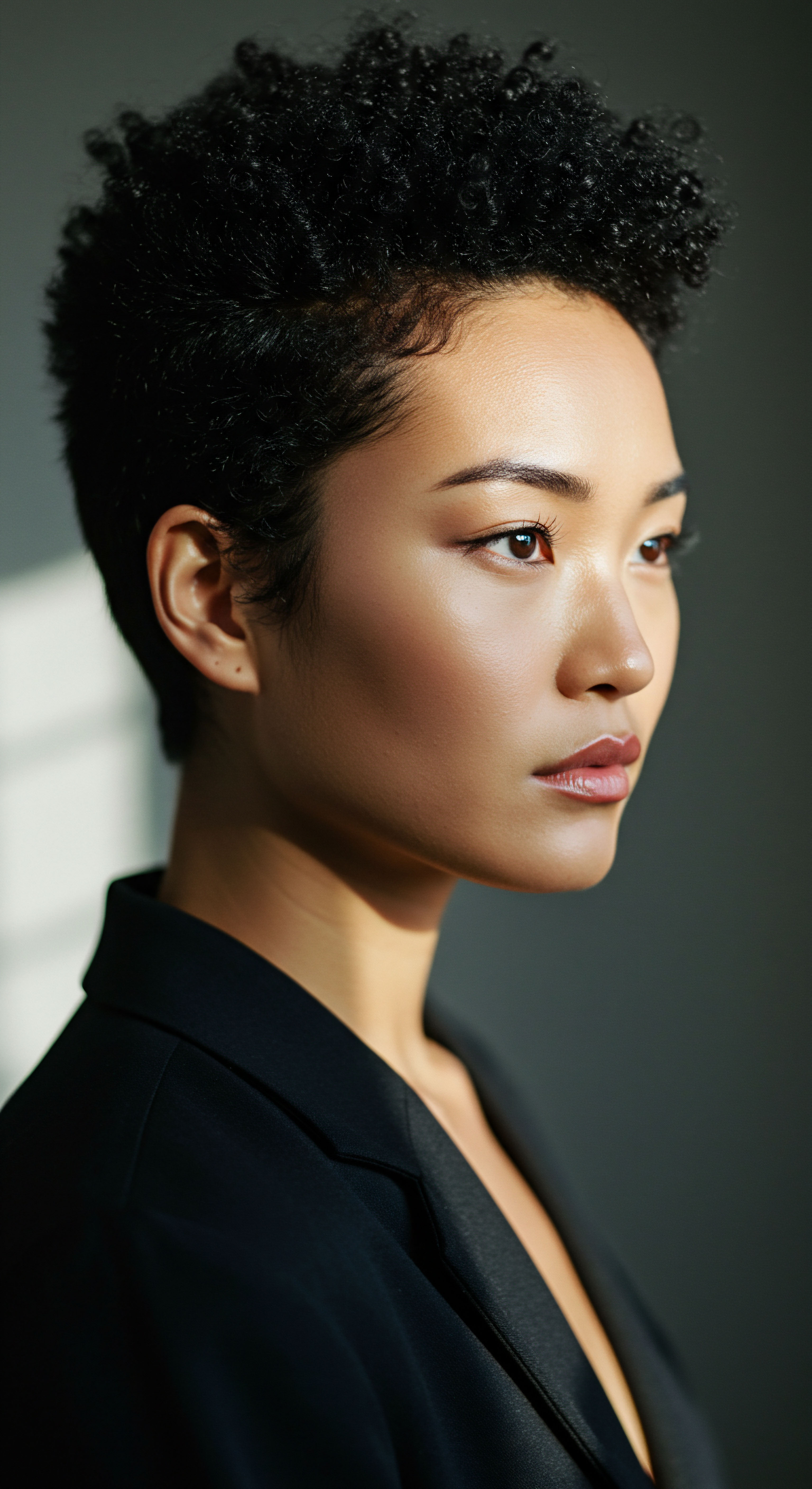
Textured Hair Classification Systems
The world of textured hair is remarkably diverse, far beyond a simple description. To understand its complexities, various classification systems have emerged, though none fully capture the breadth of individual variations. One widely referenced system categorizes hair into types 1 through 4, with sub-classifications (A, B, C) based on the tightness of the curl pattern.
- Type 1 ❉ This refers to straight hair, with no discernible curl pattern.
- Type 2 ❉ This encompasses wavy hair, ranging from loose waves (2A) to more defined S-shaped waves (2B) and somewhat tighter, S-shaped waves (2C).
- Type 3 ❉ This covers curly hair, from loose, bouncy curls (3A) to tighter, more defined curls (3B) and corkscrew curls (3C).
- Type 4 ❉ This category is for coily or kinky hair, which includes tightly coiled S-patterns (4A), zig-zag patterns (4B), and very tight, often less defined zig-zag or Z-patterns (4C).
Each sub-type presents its own unique set of characteristics regarding dryness, fragility, and how it responds to products and styling. For instance, 4C hair often experiences significant shrinkage, where the hair appears much shorter than its actual length when dry, due to its very tight coil. These classifications help individuals identify their hair’s particular needs, guiding product choices and care routines. Yet, beyond these classifications, individual hair strands possess their own unique story, influenced by genetics, environment, and personal care.

The Essential Lexicon of Textured Hair
A specialized vocabulary has grown around textured hair, born from the unique characteristics and care practices associated with it. Understanding these terms is vital for accurate discussion and appreciation.
| Term Coil |
| Description A tight, spring-like curl pattern, often seen in Type 4 hair. |
| Term Kink |
| Description A very tight curl or bend in the hair strand, characteristic of Type 4 hair. |
| Term Porosity |
| Description The hair's ability to absorb and retain moisture, determined by the cuticle's condition. High porosity means cuticles are raised, allowing quick absorption and loss. |
| Term Shrinkage |
| Description The reduction in apparent length of textured hair when it dries, due to its curl pattern. |
| Term Protective Style |
| Description Hairstyles that tuck away the hair ends, minimizing manipulation and environmental exposure. |
| Term Sealing |
| Description Applying an oil or butter to hair after moisturizing to lock in hydration. |
| Term These terms reflect the specific needs and styling methods for textured hair. |
This lexicon not only serves practical purposes for hair care but also functions as a shared language within textured hair communities, reinforcing identity and collective knowledge. The words we use to describe hair shape our perceptions, and a rich, specific vocabulary helps to counter generalized or often negative societal descriptions.
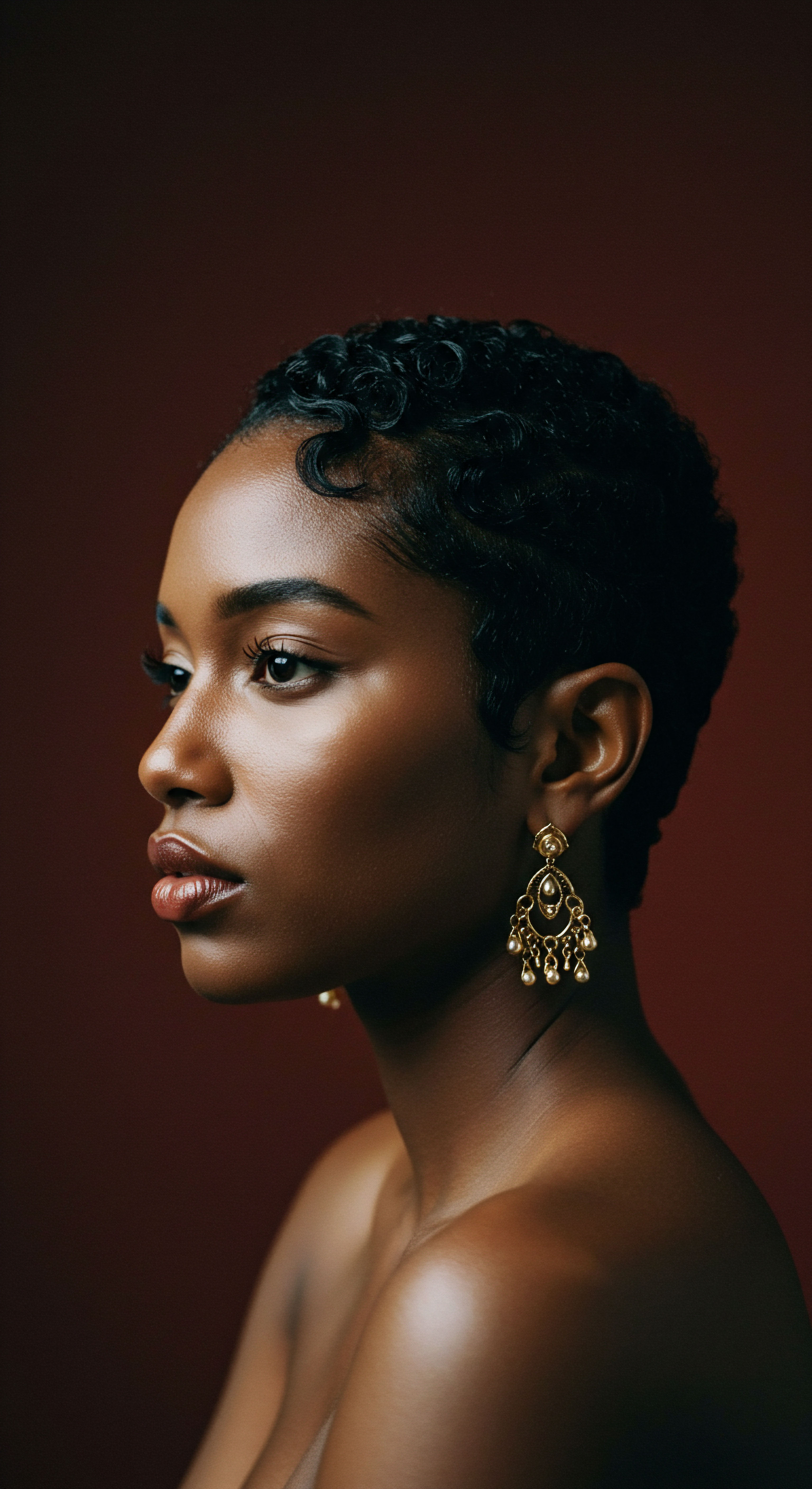
Hair Growth Cycles and Influencing Factors
Hair growth occurs in cycles, regardless of texture, though various factors can influence its rate and health. The three main phases are:
- Anagen (Growth) Phase ❉ This is the active growth period, lasting from two to seven years. The length of this phase largely determines the maximum length hair can reach.
- Catagen (Transition) Phase ❉ A short phase, lasting about two to three weeks, where hair growth stops and the follicle shrinks.
- Telogen (Resting) Phase ❉ This phase lasts around two to four months, after which the old hair sheds and new hair begins to grow from the same follicle.
While the basic cycle is universal, factors such as genetics, nutrition, stress, and overall health significantly impact hair growth and retention. For textured hair, its inherent fragility and tendency towards dryness mean that external stressors like excessive heat, harsh chemicals, or tight styling can lead to breakage, shortening the effective length of the hair, even if the growth cycle itself is healthy. Acknowledging these biological realities provides a foundation for understanding the particular challenges and triumphs associated with maintaining textured hair.

Ritual
Moving beyond the inherent characteristics of hair, we arrive at the practices, the deliberate actions, that shape its appearance and wellbeing. These daily and periodic rituals are not simply about aesthetics; they are acts of care, expressions of identity, and responses to societal expectations. The choices made in styling textured hair often carry a weight, influenced by cultural heritage, personal preference, and the subtle pressures of professional environments. Let us step into this space of practical wisdom, exploring the techniques and tools that define the textured hair experience, and how these choices intersect with the world of work.
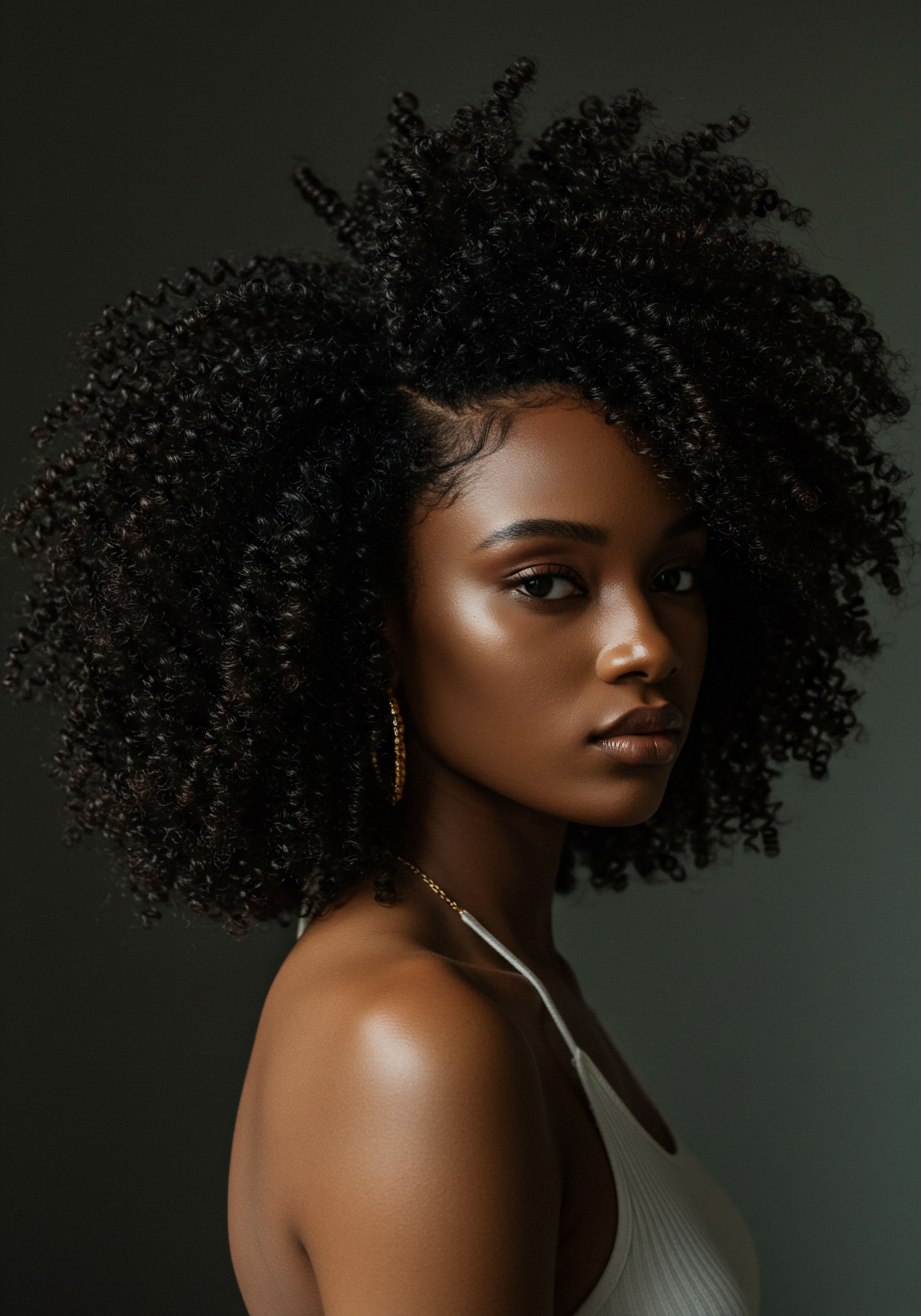
Protective Styling Encyclopedia
Protective styles serve a vital role for textured hair, shielding delicate ends from environmental aggressors, reducing daily manipulation, and promoting length retention. These styles involve tucking away the hair ends, which are the oldest and most fragile parts of the strand.
Common protective styles include:
- Braids ❉ This broad category encompasses various methods, from box braids to cornrows. Box Braids are individual braids, often created with added extensions, offering versatility and minimal manipulation. Cornrows involve braiding hair close to the scalp in raised rows, forming intricate patterns. Both have deep historical and cultural roots, serving as symbols of identity and social status across African societies.
- Twists ❉ Similar to braids, twists involve coiling two strands of hair around each other. Two-strand twists, flat twists, and Senegalese twists are popular variations. They offer a softer, often lighter alternative to braids.
- Locs ❉ A permanent style where hair strands are matted and coiled together to form rope-like sections. Locs hold significant cultural and spiritual meaning for many, symbolizing natural growth and a connection to heritage.
- Buns and Updos ❉ Simple buns or more elaborate updos can also function as protective styles, keeping hair contained and minimizing friction against clothing or surfaces.
The selection of a protective style often reflects a balance between personal expression and the perceived requirements of a professional setting. While some workplaces are becoming more accepting, certain styles, particularly those seen as traditionally ethnic, may still face implicit biases.
Protective styles, from braids to locs, guard textured hair from environmental strain and reduce manipulation, yet their reception in professional settings varies.
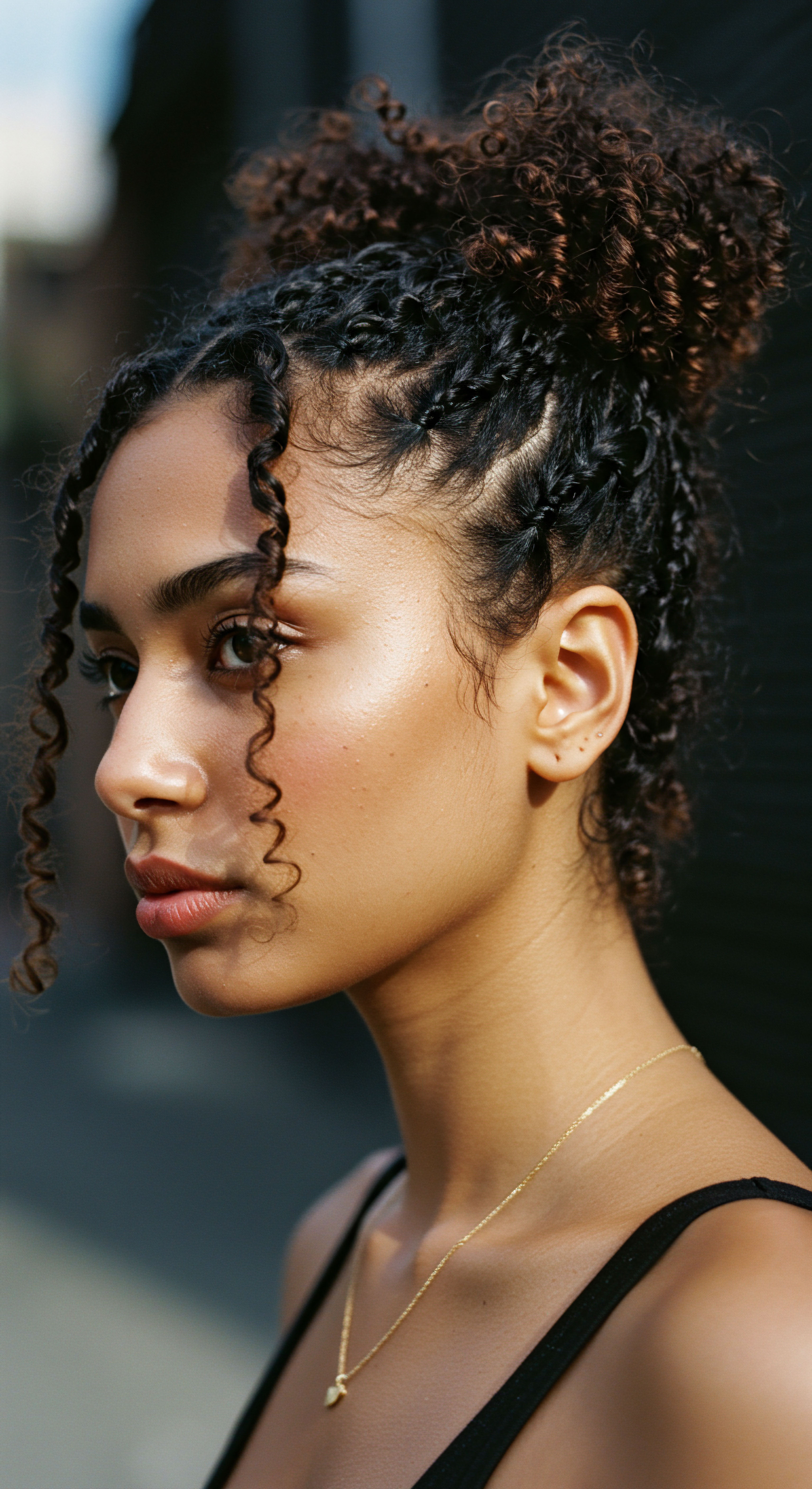
Natural Styling and Definition Techniques
Beyond protective styles, many individuals choose to wear their textured hair in its natural, unbound state, focusing on defining its inherent curl or coil pattern. These techniques aim to enhance the hair’s natural beauty without altering its structure.
Popular methods include:
- Wash and Go ❉ This method involves cleansing, conditioning, and applying styling products to wet hair, then allowing it to air dry or diffuse, letting the natural curl pattern set. Products like curl creams, gels, and mousses are crucial for definition and frizz reduction.
- Twist-Outs and Braid-Outs ❉ Hair is sectioned, moisturized, and then twisted or braided. After drying, the twists or braids are carefully unraveled to reveal a defined, stretched curl pattern. These methods offer a way to achieve stretched styles without direct heat.
- Finger Coiling ❉ Individual strands or small sections of hair are coiled around a finger to create defined curls. This technique is time-consuming but yields very precise results.
Achieving defined natural styles often requires a precise balance of moisture and hold. Products rich in natural ingredients like shea butter, coconut oil, aloe vera, and honey are favored for their hydrating and sealing properties. The choice to wear natural hair in a professional environment can be a statement of authenticity, yet it sometimes clashes with conventional ideas of “polished” appearance, which have historically favored straightened hair.

Wigs and Hair Extensions Mastery
Wigs and hair extensions offer versatility, allowing for temporary changes in length, volume, color, and texture without altering one’s own hair. They also serve as a protective measure, allowing natural hair to rest and grow underneath.
There are various types:
- Wigs ❉ Full coverage hairpieces that can mimic any hair texture or style. They provide a complete change of appearance and protect the wearer’s natural hair.
- Weaves (Sew-Ins) ❉ Hair extensions sewn onto cornrowed natural hair. This method offers a seamless blend and can be worn for several weeks.
- Clip-Ins and Tape-Ins ❉ Temporary extensions that can be easily added or removed, offering quick volume or length.
The mastery of wigs and extensions lies in their seamless integration and care. For many, these options allow them to present a particular aesthetic in professional settings that might align more closely with traditional, often Eurocentric, beauty standards, thereby potentially circumventing biases against natural textured styles. This choice can be a strategic one, enabling individuals to navigate workplace norms while still preserving their natural hair.
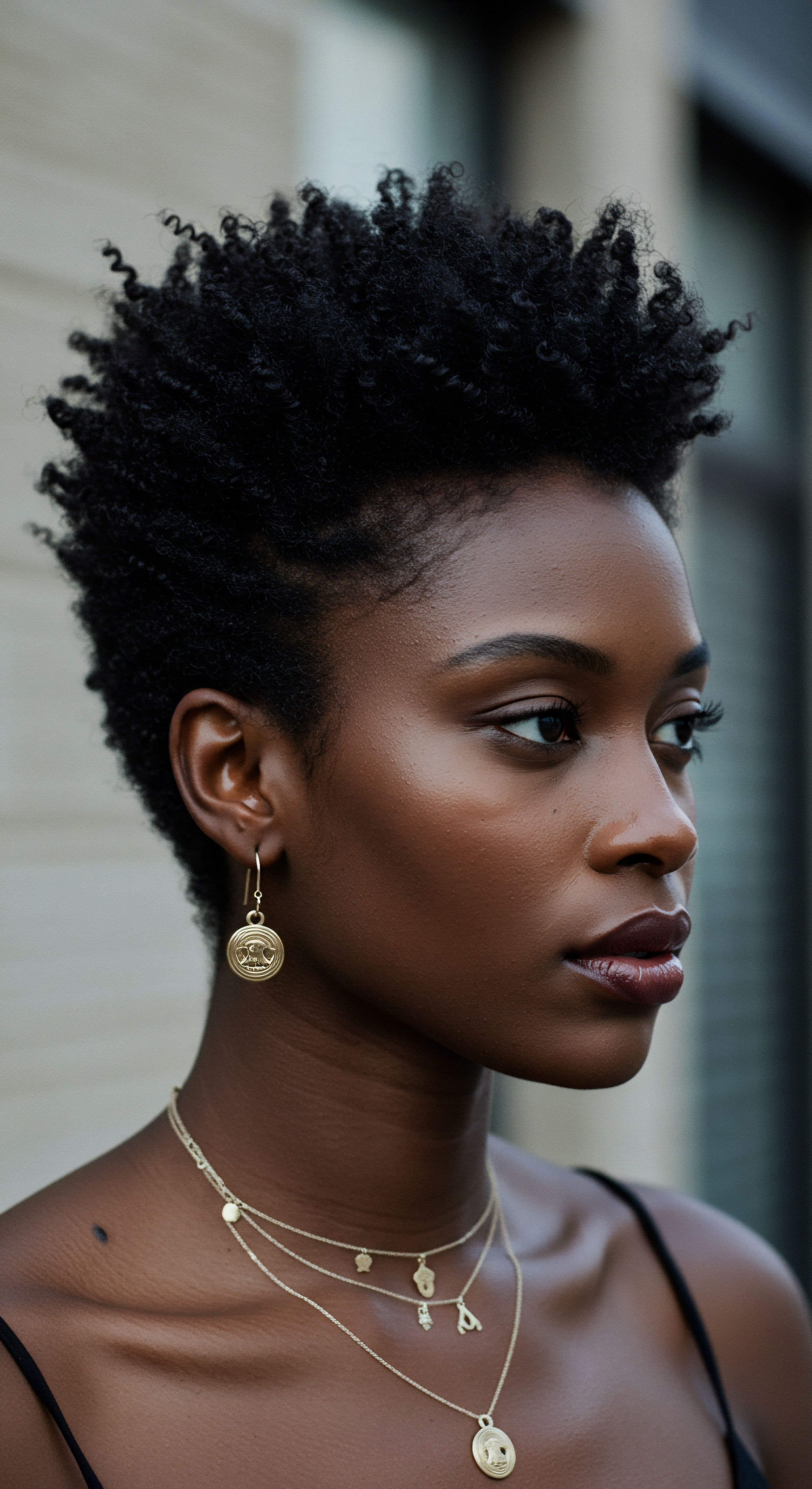
Heat Styling and Thermal Reconditioning Safety
Heat styling, through tools like flat irons, blow dryers, and curling wands, offers immediate alteration of hair texture, from straightening coils to defining waves. Thermal reconditioning, or Japanese straightening, is a chemical process that permanently alters the hair’s protein bonds to achieve a straight result.
While heat styling offers versatility, it carries risks, particularly for textured hair which is more prone to dryness and breakage.
| Risk Moisture Loss |
| Mitigation Always use a heat protectant spray to create a barrier. |
| Risk Protein Damage |
| Mitigation Limit frequency of heat use; opt for lower temperatures. |
| Risk Altered Texture |
| Mitigation Space out heat styling sessions; allow hair to rest. |
| Risk Breakage |
| Mitigation Use deep conditioning treatments regularly to restore hydration. |
| Risk Careful application and proper product use are essential to preserve hair health when using heat. |
Thermal reconditioning, while providing long-lasting straightness, chemically changes the hair’s internal structure, making it highly susceptible to damage if not maintained properly. For many, the choice to heat style or chemically straighten hair has historically been linked to perceptions of professionalism, with straight hair often considered the “default” professional look in many Western corporate environments. This decision, though personal, often reflects a negotiation with unspoken societal norms.
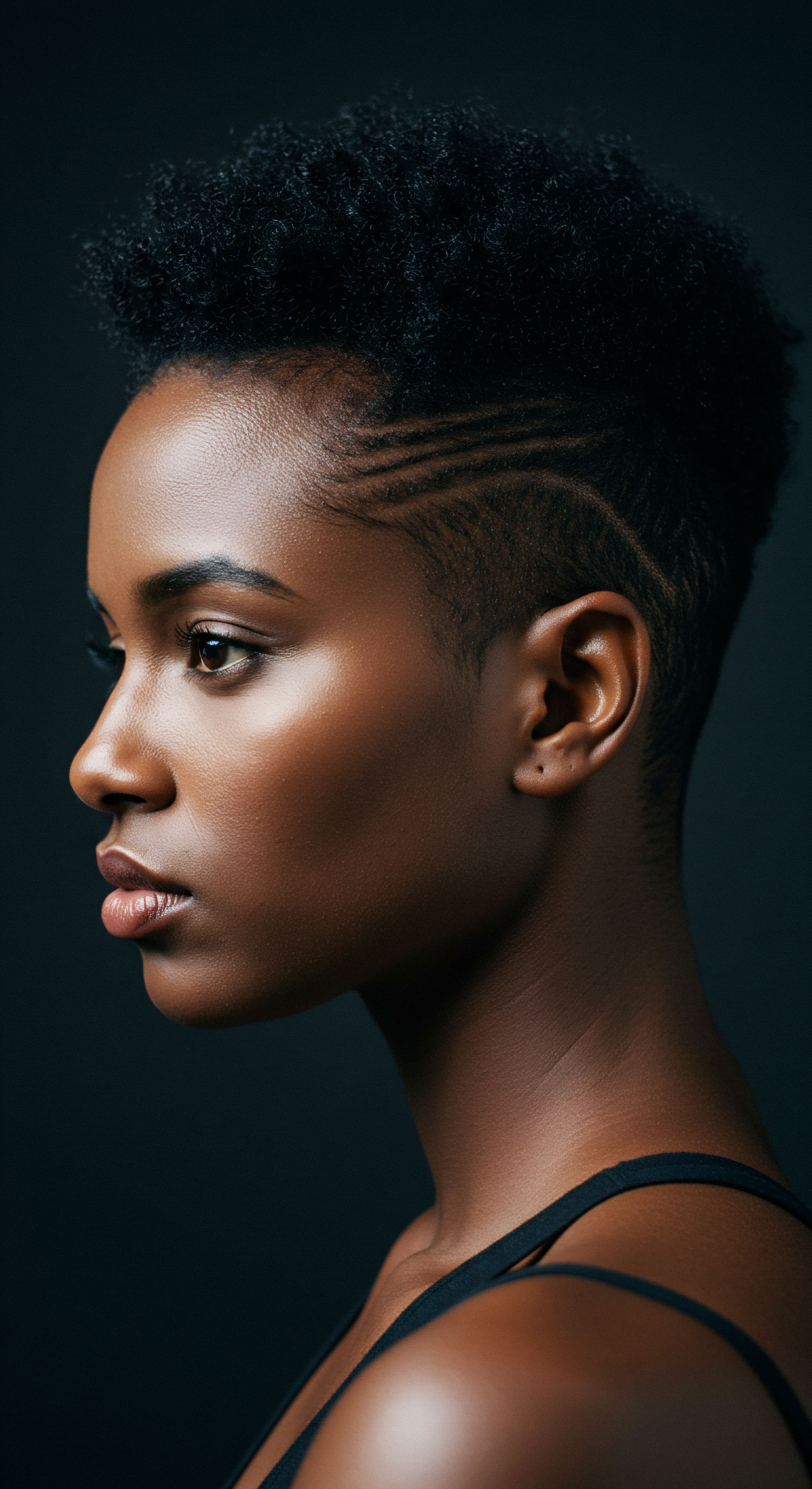
The Complete Textured Hair Toolkit
Proper care and styling of textured hair relies on a specific array of tools designed to respect its delicate structure and unique needs.
Essential tools include:
- Wide-Tooth Combs ❉ Ideal for detangling wet hair, minimizing breakage.
- Denman Brushes or Flexi-Brushes ❉ Excellent for defining curls and distributing product evenly.
- Microfiber Towels or Old T-Shirts ❉ Gentler than traditional terrycloth towels for drying, reducing frizz and breakage.
- Satin or Silk Scarves/Bonnets ❉ Protect hair at night from friction and moisture loss.
- Spray Bottles ❉ For refreshing hair with water or diluted product between wash days.
The right tools, combined with informed techniques, empower individuals to maintain healthy hair, whether choosing to wear it naturally, in protective styles, or occasionally heat-styled. This intentional approach to hair care is a ritual of self-preservation and self-expression, a quiet assertion of identity within a world that often attempts to standardize appearance.

Relay
Having explored the foundational aspects of hair and the practices that shape its presentation, we now arrive at a deeper, more reflective inquiry ❉ How do these intimate aspects of hair texture truly intersect with the broad landscape of professional perceptions? This query invites us to consider not just individual choices, but the societal structures, historical echoes, and psychological undercurrents that assign meaning to hair in the workplace. We must look beyond the surface, examining the interplay of biology, culture, and the often-unspoken biases that continue to shape opportunities and experiences.
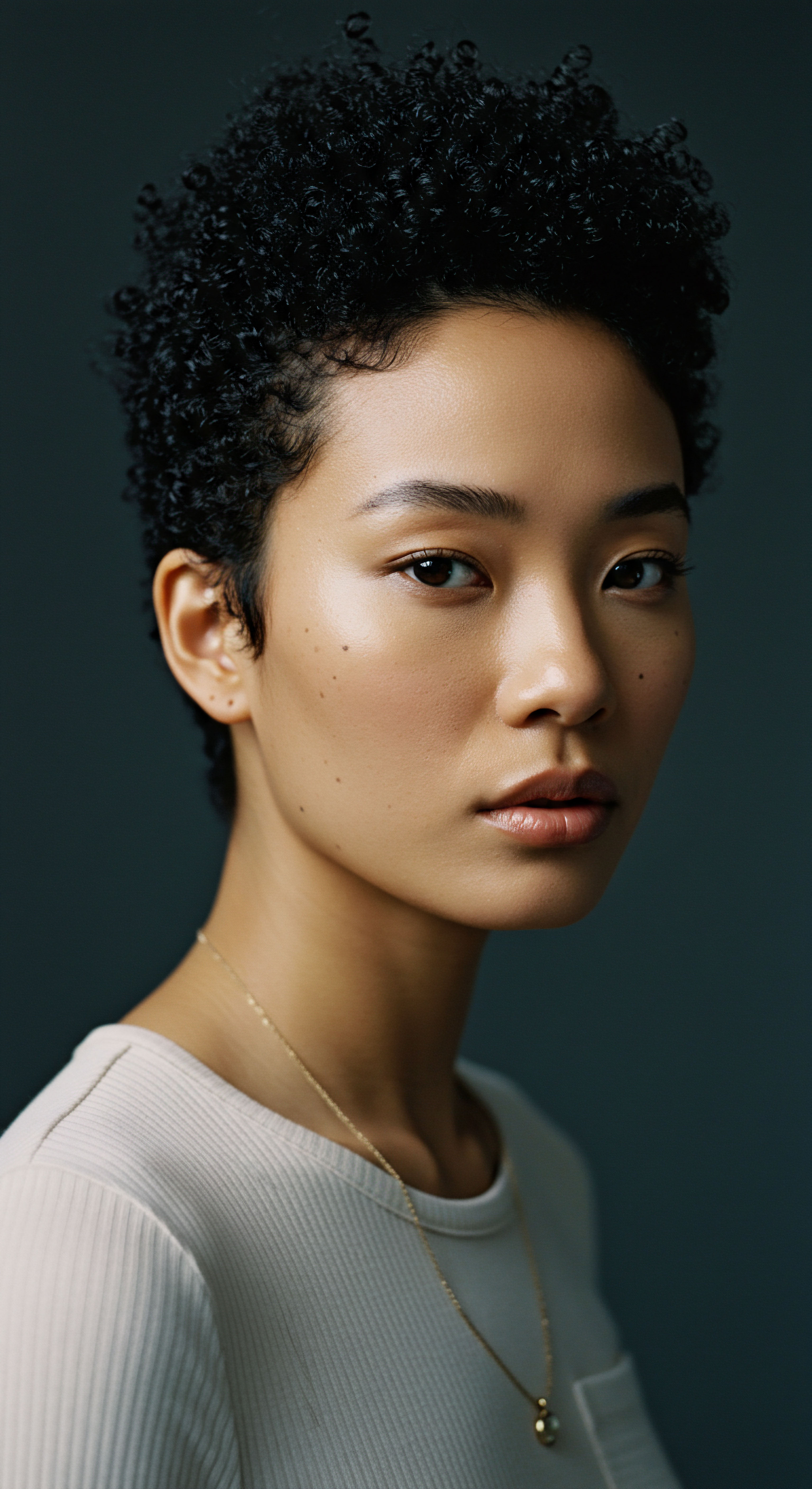
How Do Historical Standards Shape Present-Day Professionalism?
The concept of “professional appearance” is not static; it is a fluid construct, deeply influenced by historical beauty standards and societal power dynamics. For centuries in Western societies, the standard of beauty, and by extension, professionalism, has often been anchored in Eurocentric features. This historical preference for straight hair, or hair that could be easily manipulated to appear straight, stems from eras where conformity to dominant aesthetic norms was linked to social acceptance and upward mobility.
During periods such as the Renaissance, elaborate hairstyles were a sign of wealth and status, but even then, the underlying texture often favored was one that could be styled into voluminous, yet controlled, forms. The mid-20th century, particularly the 1950s, solidified a polished, perfectly placed aesthetic for women, often achieved through chemical straightening or rigorous heat styling. For Black women, this translated into immense pressure to chemically straighten their hair (relaxers) to meet these “professional” expectations, often at the cost of hair health and personal comfort. This historical conditioning has left a lingering imprint, where certain natural textures may still be subconsciously, or even overtly, deemed less “tidy” or “appropriate” for formal environments.
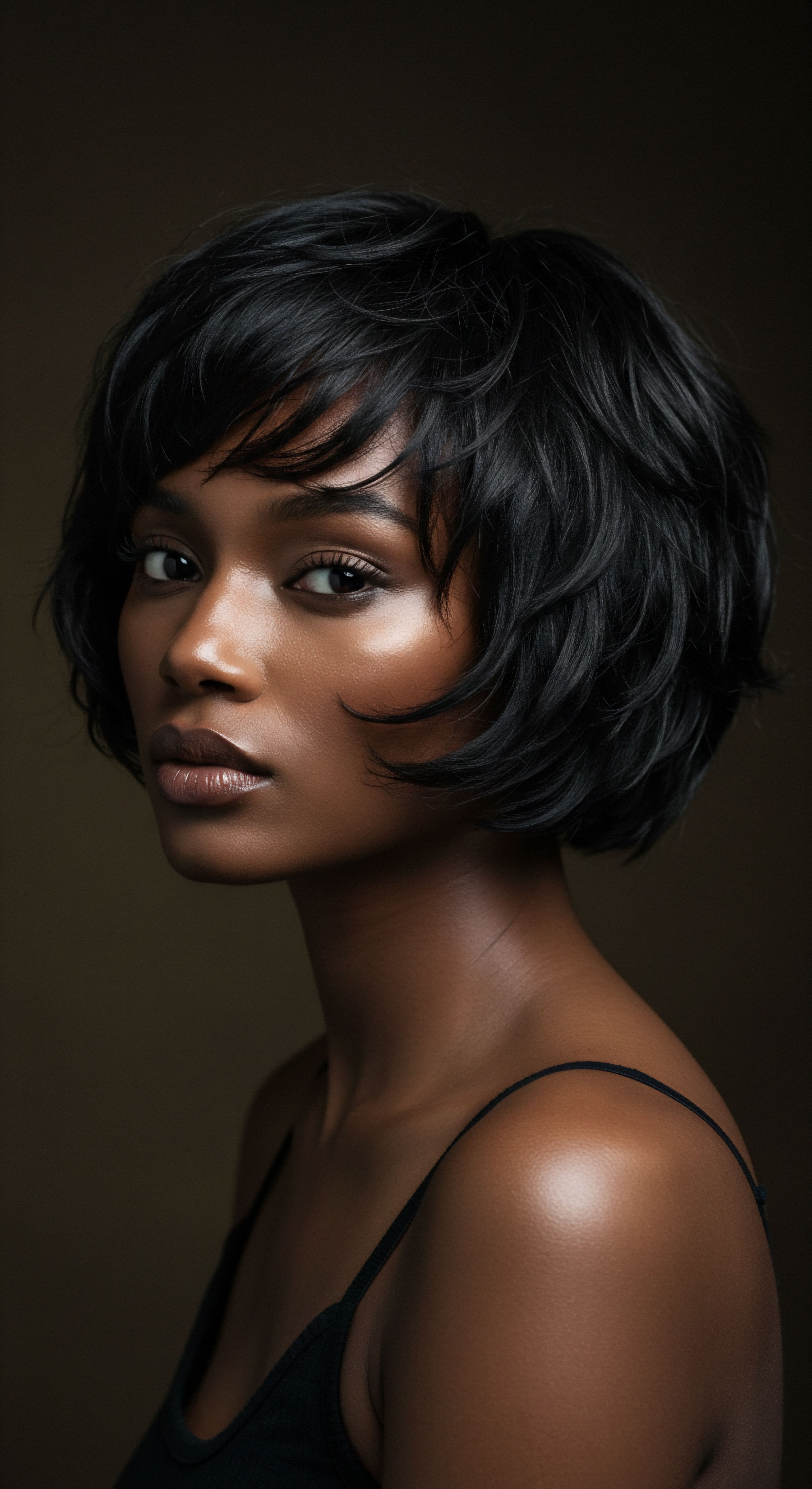
What Are the Societal and Psychological Costs of Hair Bias?
The impact of hair texture on professional perceptions extends beyond mere aesthetics; it delves into matters of equity, identity, and mental wellbeing. Research consistently shows that biases against natural Black hairstyles persist in workplaces, creating tangible disadvantages. A significant study by Dove and the CROWN Coalition in 2019, conducted with JOY Collective, revealed that Black women are 3.4 times more likely to have their hair perceived as unprofessional than white women’s hair.
Furthermore, this study found that Black women are 80% more likely to feel compelled to alter their natural hair to meet workplace expectations. This means a considerable portion of individuals are modifying their natural appearance, not out of preference, but out of a perceived need to conform to unstated rules of acceptability.
Bias against natural hair textures in professional settings often leads to psychological strain and impacts career opportunities.
The implications are profound. When Black women with natural hairstyles, such as afros, braids, or twists, are evaluated for job opportunities, they are often perceived as less professional and less competent, and are less frequently recommended for interviews, compared to Black women with straightened hair or white women with any hair type. This bias is particularly pronounced in industries with strong appearance norms, such as financial services or consulting.
The psychological burden of this discrimination is considerable. Individuals facing hair-based bias often experience:
- Internalized Racism ❉ Adopting negative stereotypes about their own hair, leading to self-doubt or a preference for Eurocentric hair aesthetics.
- Chronic Stress and Anxiety ❉ Persistent worry about how their hair is perceived in academic or professional spaces.
- Cultural Disconnection ❉ A sense of being unable to express one’s authentic self or heritage.
- Impact on Self-Esteem ❉ Negative feedback or perceived judgment can diminish self-worth and confidence.
These are not isolated incidents; they represent a systemic problem that affects career advancement and overall wellbeing. The CROWN Act, a legislative effort co-founded by Dove and the CROWN Coalition, aims to combat this by prohibiting discrimination based on race-based hairstyles in workplaces and schools. While progress is being made, the existence of such legislation underscores the deep-seated nature of this societal issue.
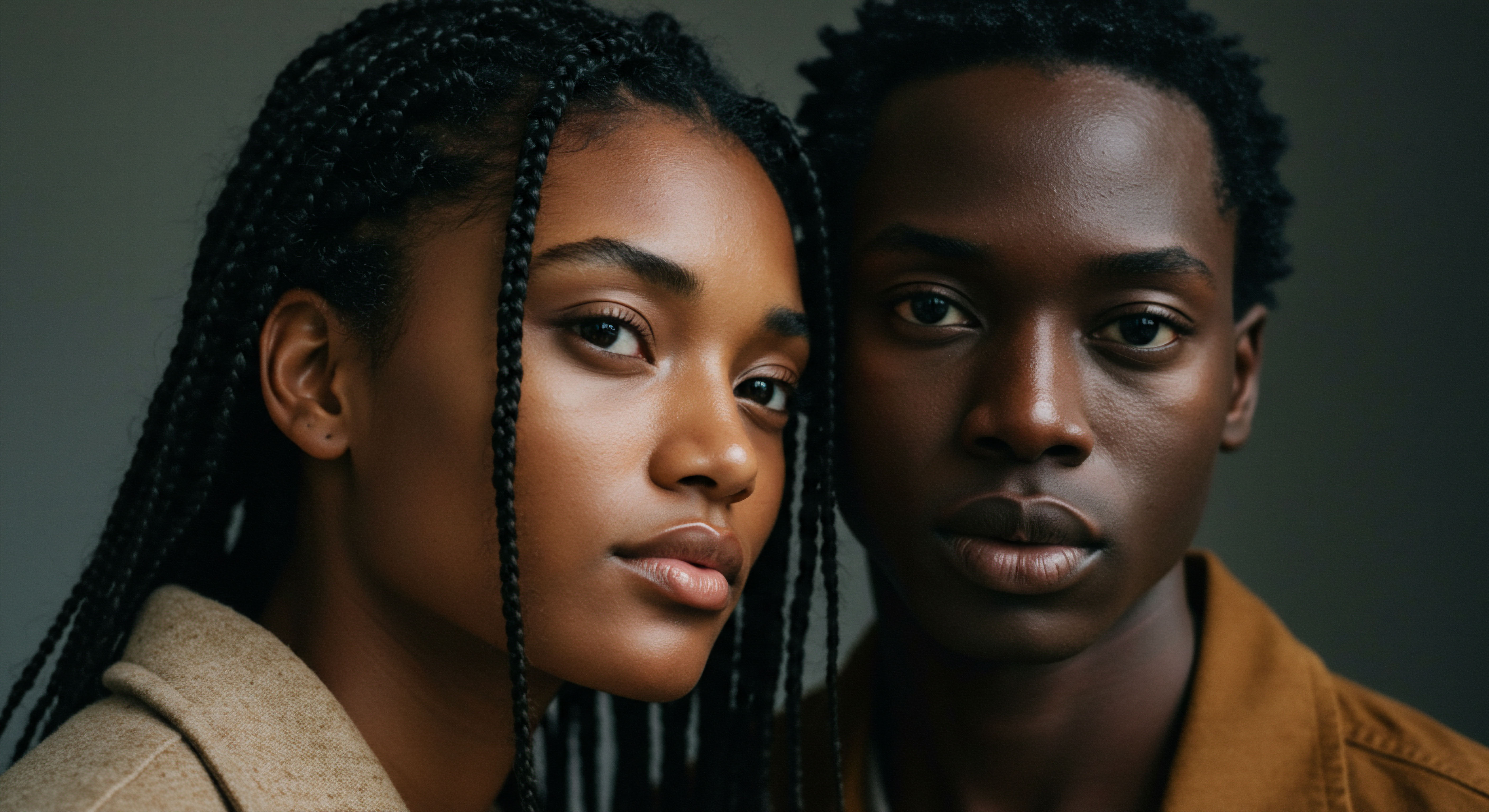
Can Policy Shifts Create More Inclusive Work Environments?
The push for legislative change, like the CROWN Act, represents a significant step towards dismantling hair-based discrimination. By legally protecting the right to wear natural hair textures and protective styles without fear of adverse employment actions, these policies aim to create more equitable professional landscapes.
The rationale behind such legislation is clear ❉ appearance policies that disproportionately affect certain racial groups constitute a form of discrimination. The traditional “professional” aesthetic, often rooted in Eurocentric norms, places an undue burden on individuals whose natural hair does not conform to these standards. The CROWN Act seeks to rectify this imbalance by acknowledging the cultural significance of natural hair and affirming its place in all professional settings.
Beyond legal mandates, organizations themselves hold a powerful position in shaping perceptions. Cultivating a genuinely inclusive environment requires more than simply avoiding discriminatory practices; it calls for an active celebration of diversity in all its forms, including hair texture. This involves:
- Education ❉ Informing staff and leadership about the historical and cultural significance of various hair textures and styles.
- Reviewing Policies ❉ Scrutinizing dress codes and appearance guidelines for subtle biases that might inadvertently penalize natural hair.
- Leading by Example ❉ Senior leaders and managers visibly embracing diverse hair presentations can set a powerful precedent.
When workplaces become spaces where individuals feel comfortable presenting their authentic selves, it can lead to increased productivity and overall job satisfaction. The shift from merely tolerating diversity to actively valuing it is a transformative process, one that recognizes the individual’s full identity as a strength.
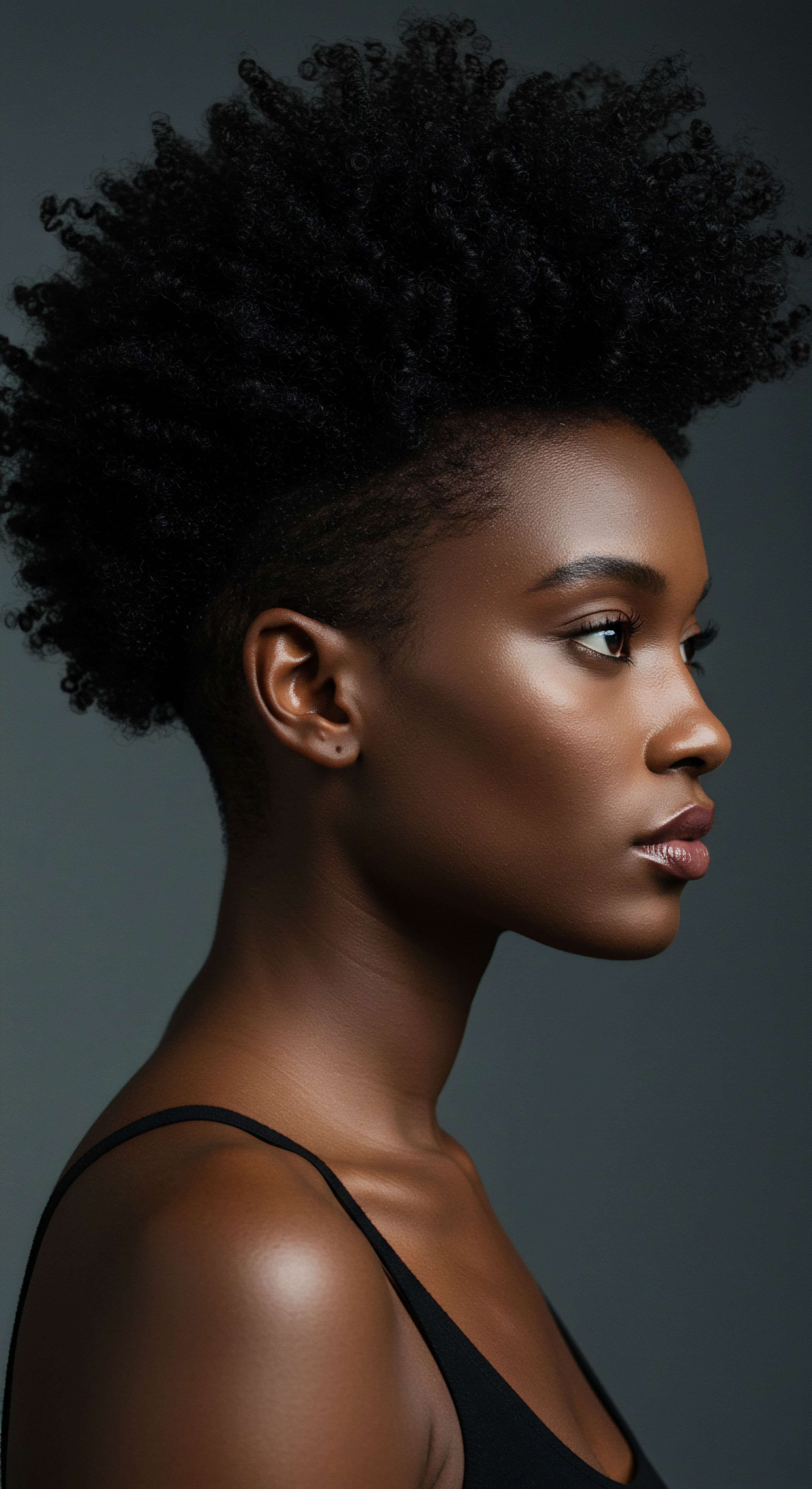
How Does Textured Hair Care Reflect Cultural Heritage?
The rituals surrounding textured hair care are not simply functional; they are deeply intertwined with cultural heritage, ancestral knowledge, and personal identity. For many, especially within Black and mixed-race communities, hair is a living connection to history.
Traditional African societies often used hairstyles to convey social information, such as age, marital status, occupation, or tribal affiliation. The act of braiding or styling hair was often a communal activity, strengthening family and community bonds. Even during periods of enslavement, hair practices persisted as a quiet form of resistance and a means of preserving cultural identity.
This historical context means that choosing to wear natural hair, or specific traditional styles, can be a profound statement of self-acceptance and cultural pride. It is a reclaiming of a heritage that was often suppressed or deemed “unprofessional” in dominant Western societies. The products used, the techniques applied, and the time dedicated to hair care often reflect a continuation of these practices, adapted for modern life. This deep cultural connection means that workplace policies or societal biases that penalize natural hair are not just about appearance; they are about identity, belonging, and the right to express one’s cultural legacy.
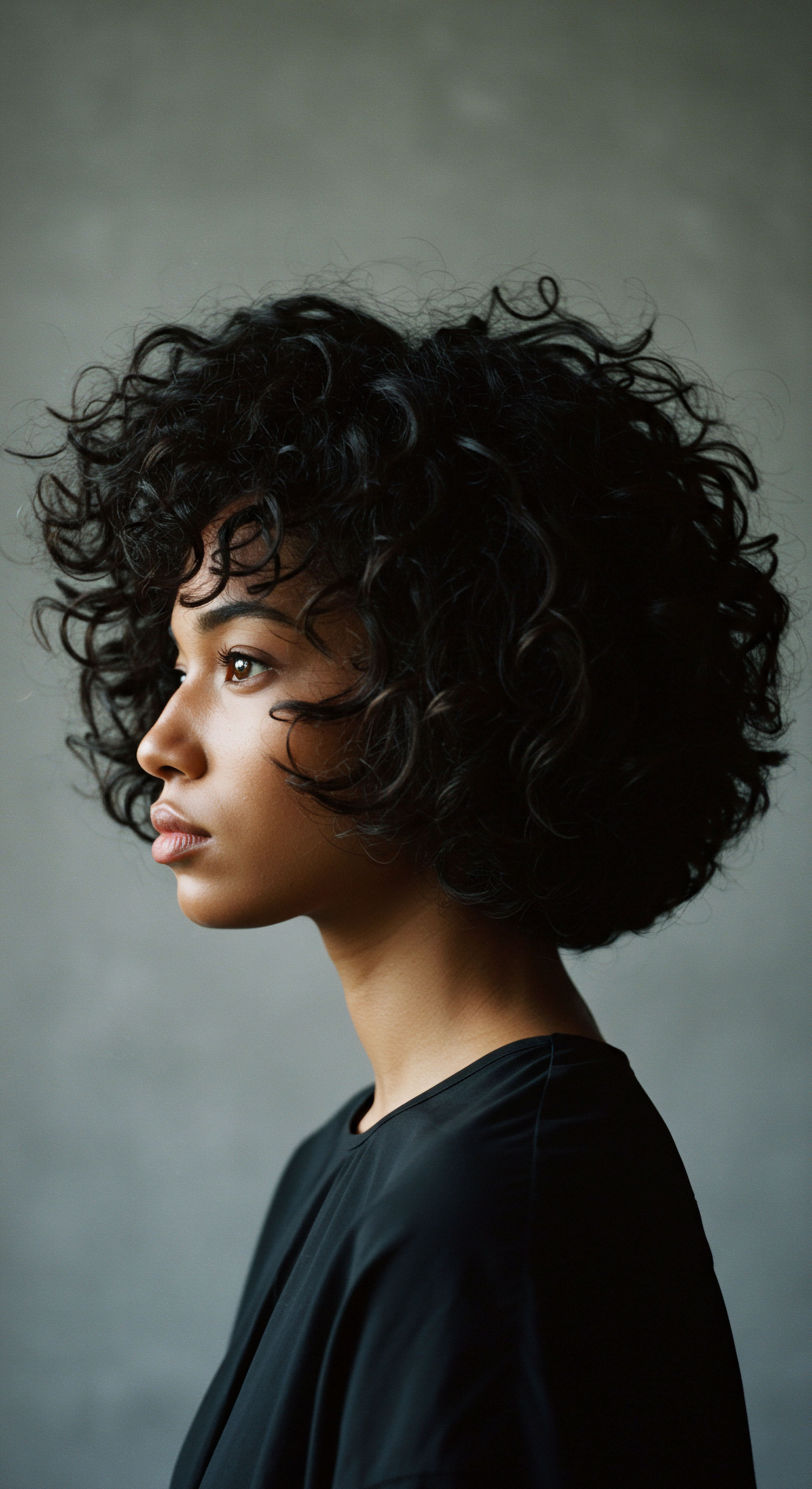
Reflection
The intricate relationship between hair texture and perceptions of professionalism reveals a complex interplay of biology, history, and societal expectation. What appears to be a simple matter of personal grooming is, for many, a daily negotiation with unspoken norms and inherited biases. Recognizing the profound cultural significance of textured hair, understanding its unique physiological needs, and confronting the historical roots of appearance standards are all essential steps toward cultivating truly equitable and inclusive professional environments. As we move forward, the conversation shifts from mere tolerance to genuine appreciation, allowing every individual to present their authentic self, knowing that their inherent beauty and cultural heritage are not only accepted but celebrated.
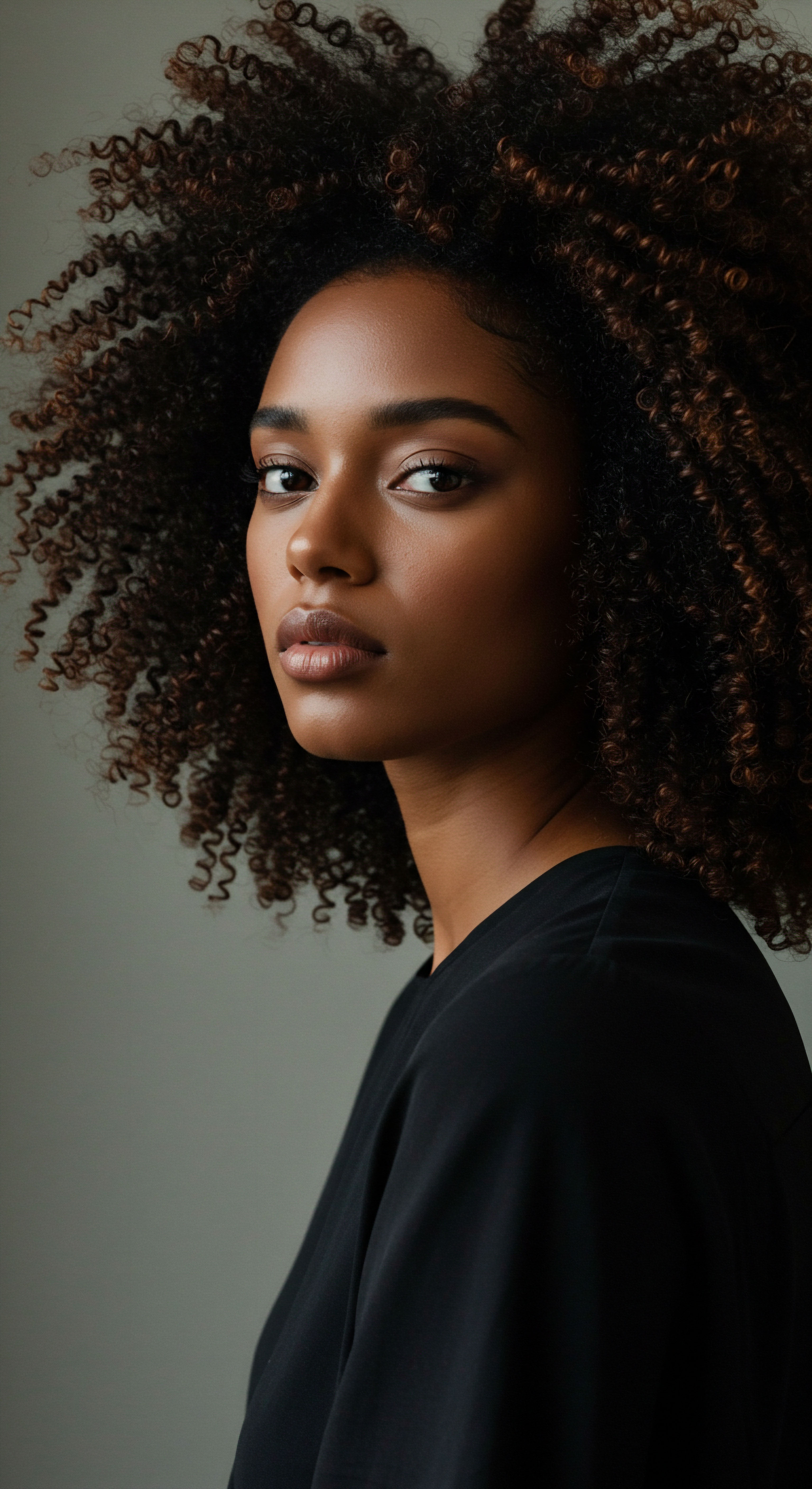
References
- Koval, Christy Zhou, and Ashleigh Shelby Rosette. “The Professionalism of Natural Hair ❉ How Perceptions of Black Women’s Hair Influence Hiring Decisions.” Social Psychological and Personality Science, 2020.
- Mbilishaka, Afiya M. “Don’t Get It Twisted ❉ Untangling the Psychology of Hair Discrimination Within Black Communities.” American Journal of Orthopsychiatry, 2024.
- Rosette, Ashleigh Shelby, and Christy Zhou Koval. “Research Suggests Bias Against Natural Hair Limits Job Opportunities for Black Women.” Duke’s Fuqua School of Business, 2020.
- Tharps, Lori L. and Ayana Byrd. Hair Story ❉ Untangling the Roots of Black Hair in America. St. Martin’s Press, 2001.
- Dove CROWN Research Study. The Official CROWN Act Website, 2019 & 2023.
- Lisse, Adenique. “UConn Researcher Sheds New Light on Importance of Hair Satisfaction for Black Adolescent Girls.” University of Connecticut, 2025.
- Opie, Julianna, and T. Denean Phillips. The Hair Bias ❉ How Hair Discrimination Impacts Black Women in the Workplace. University of California Press, 2015.
- Gillette, Nicole. The Hair Loss Revolution ❉ Understanding and Reversing Hair Loss in Women of Color. Self-published, 2021.
- Walker, Diane C. Hair Care & Styling for Dummies. For Dummies, 2004.
- Chang, Joseph. Hair Structure and Chemistry Simplified. Milady, 2012.